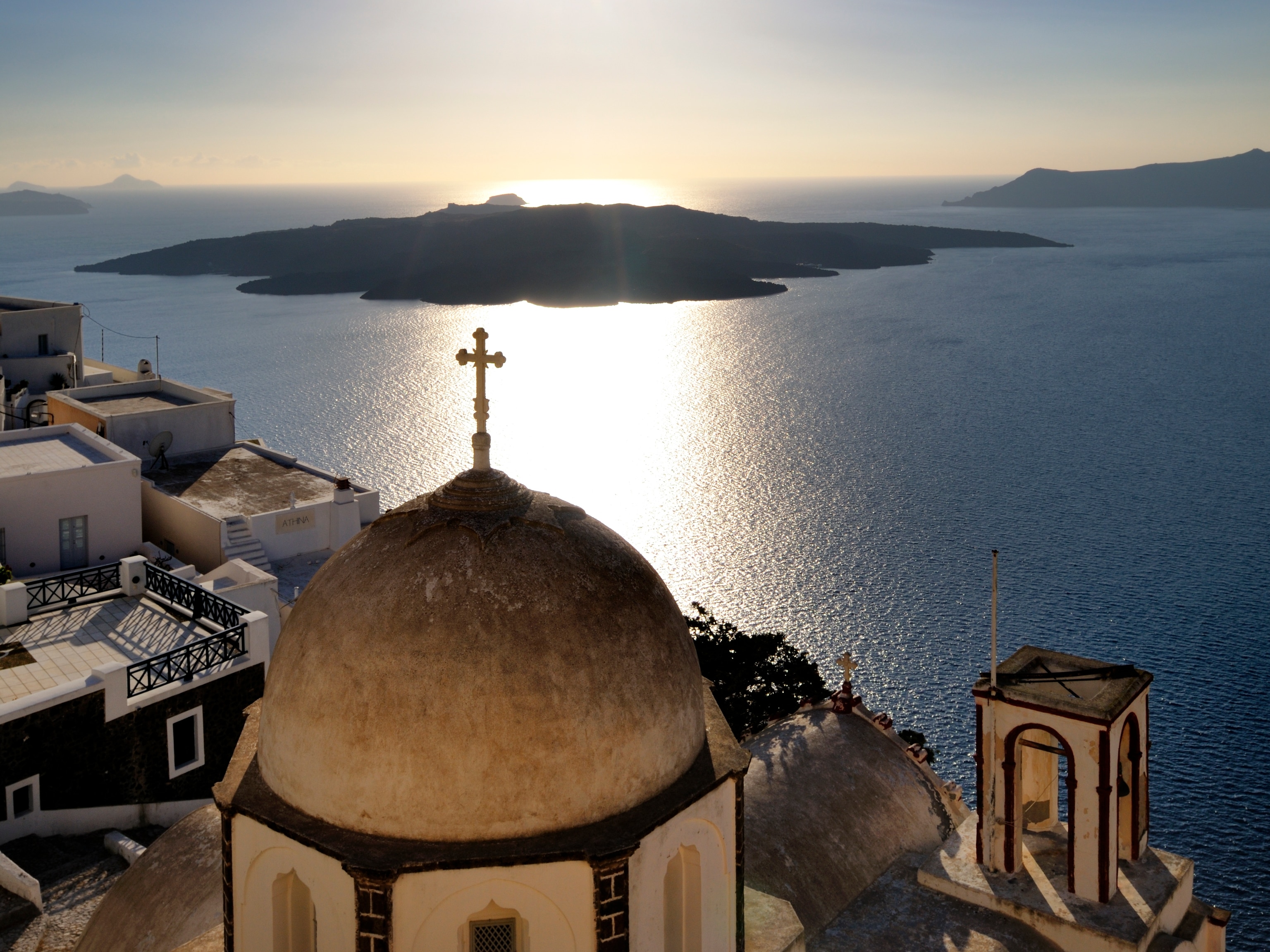









Ancient Sport of Horseback Archery Sparks Unexpected Bond
A young woman from Finland travels to the mountains of Iran—and back in time—to train with a master archer.
It’s almost hard to believe Brice Portolano’s photographs that look straight out of a medieval era only came about because of social media.
Portolano, a photographer from Paris, first discovered horseback archery when he saw pictures on Facebook that his friend Anna Minkkinen had posted of Iranian world champion Ali Ghoorchian.
Minkkinen, a Finnish student who had been practicing martial arts, sent Ghoorchian a message asking if she could come to Iran and learn more about horseback archery. Ghoorchian said yes, and Portolano tagged along on assignment for a Finnish magazine.
Portolano stayed for 12 days to photograph Minkkinen and Ghoorchian and the intricacies of the ancient sport, which is on UNESCO list of Intangible Cultural Heritage.
“Ali is very, very passionate about Persian culture so his goal is to keep the Persian culture alive so they like to dress in the old times and to feel the timelessness of what they’re doing,” said Portolano.

Horseback archery has been practiced since the ninth century B.C. in central Asia, so Ghoorchian and Minkkinen don traditional garb to reflect the antiquity of the practice, he said.
Originally, horseback archery was used for hunting or warfare, but it has evolved into a competitive sport in countries such as Japan, South Korea, Hungary and Poland.
“It’s martial arts, so it’s a sport that’s meant to be defensive,” said Portolano. “It’s mostly they shoot either at themselves or at targets.”
While horseback archery is steadily gaining popularity in the western world, it’s not often practiced in the Middle East. In fact, Ghoorchian is one of the few people who practices the sport in Iran, Portolano said.
The pictures Portolano took in Iran were part of his larger photography project called “No Signal,” which documents people who have decided to choose lives entrenched in nature rather than the modern world.
The only trick to getting the high-speed action shots featured here, though, was just being in the right place in the right time, said Portolano.
“It’s all about how you position yourself during the action,” he said. “You just have to know when the person is going to shoot and where the target is and where to stay to be safe.”
Related Topics
You May Also Like
Go Further
Animals
- When did bioluminescence evolve? It’s older than we thought.When did bioluminescence evolve? It’s older than we thought.
- Soy, skim … spider. Are any of these technically milk?Soy, skim … spider. Are any of these technically milk?
- This pristine piece of the Amazon shows nature’s resilienceThis pristine piece of the Amazon shows nature’s resilience
- Octopuses have a lot of secrets. Can you guess 8 of them?
- Animals
- Feature
Octopuses have a lot of secrets. Can you guess 8 of them?
Environment
- This pristine piece of the Amazon shows nature’s resilienceThis pristine piece of the Amazon shows nature’s resilience
- Listen to 30 years of climate change transformed into haunting musicListen to 30 years of climate change transformed into haunting music
- This ancient society tried to stop El Niño—with child sacrificeThis ancient society tried to stop El Niño—with child sacrifice
- U.S. plans to clean its drinking water. What does that mean?U.S. plans to clean its drinking water. What does that mean?
History & Culture
- Gambling is everywhere now. When is that a problem?Gambling is everywhere now. When is that a problem?
- Beauty is pain—at least it was in 17th-century SpainBeauty is pain—at least it was in 17th-century Spain
- The real spies who inspired ‘The Ministry of Ungentlemanly Warfare’The real spies who inspired ‘The Ministry of Ungentlemanly Warfare’
- Heard of Zoroastrianism? The religion still has fervent followersHeard of Zoroastrianism? The religion still has fervent followers
- Strange clues in a Maya temple reveal a fiery political dramaStrange clues in a Maya temple reveal a fiery political drama
Science
- NASA has a plan to clean up space junk—but is going green enough?NASA has a plan to clean up space junk—but is going green enough?
- Soy, skim … spider. Are any of these technically milk?Soy, skim … spider. Are any of these technically milk?
- Can aspirin help protect against colorectal cancers?Can aspirin help protect against colorectal cancers?
- The unexpected health benefits of Ozempic and MounjaroThe unexpected health benefits of Ozempic and Mounjaro
- Do you have an inner monologue? Here’s what it reveals about you.Do you have an inner monologue? Here’s what it reveals about you.
Travel
- What it's like to hike the Camino del Mayab in MexicoWhat it's like to hike the Camino del Mayab in Mexico
- Follow in the footsteps of Robin Hood in Sherwood ForestFollow in the footsteps of Robin Hood in Sherwood Forest
- This chef is taking Indian cuisine in a bold new directionThis chef is taking Indian cuisine in a bold new direction
- On the path of Latin America's greatest wildlife migrationOn the path of Latin America's greatest wildlife migration
- Everything you need to know about Everglades National ParkEverything you need to know about Everglades National Park




